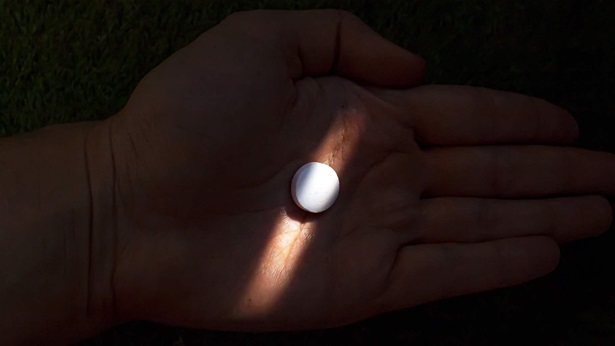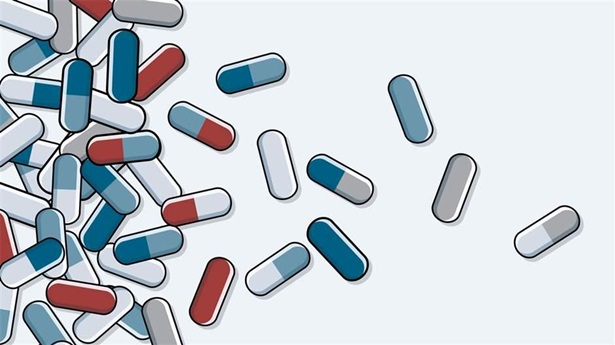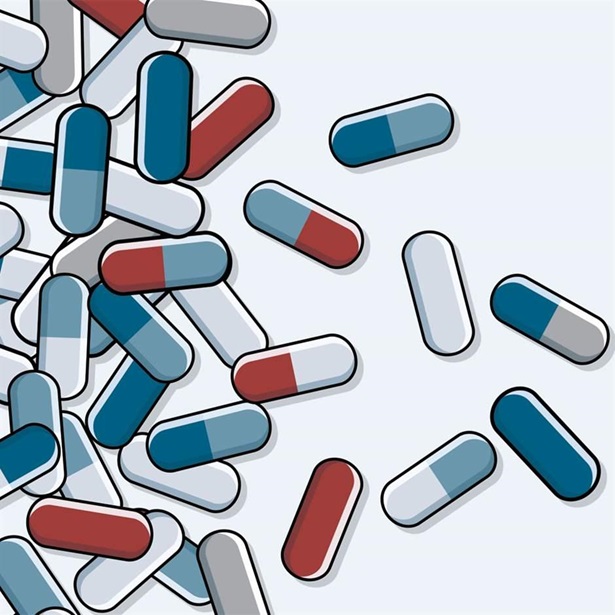Creating a 21st-Century Medical Device Surveillance System
The Food and Drug Administration has scheduled a hearing in response to public concerns about Essure, a nonsurgical, permanent female sterilization device. Since FDA approved the product in 2002, the agency has received reports on 5,093 adverse events, including six deaths.
The hearing coincides with a landmark event for medical device safety: the compliance date requiring that all implantable and life-sustaining products have a unique device identifier, or UDI. These codes, similar to a bar code on a cereal box, identify a device’s make, model, and manufacturer and are designed to help track their effectiveness and safety. Once incorporated into electronic health records (EHRs) and insurance claim forms, UDIs can reveal red flags with specific products.
Safety measures such as UDIs allow us to build a system that can protect patients from harm, identify and recall faulty devices more quickly, and allow health care professionals and the medical device industry to monitor and improve product performance. Such a system could reveal potential safety concerns, thereby sparing patients from a host of complications and even the need to surgically remove an implanted device. Today’s milestone takes us closer to this level of surveillance, but we must take action to ensure that UDIs are included in every patient’s EHR and in the claims forms used by Medicare, Medicaid, and private insurance companies.
Today, The Pew Charitable Trusts is releasing a report explaining how data from UDIs can facilitate sophisticated postmarket surveillance of medical devices. The report, Implementing Unique Device Identification: Recommendations for Integrating Medical Device Data Throughout the Health Care System, offers a road map for leveraging this newly available data to improve patient safety.
The UDI system was developed in the aftermath of high-profile failures of metal-on-metal hip devices and implantable cardioverter defibrillator leads. Now, by fully integrating this newly available data, we can achieve the UDI’s end goal: a 21st-century medical device surveillance system that detects potential safety risks early on to protect patients from unnecessary harm.











